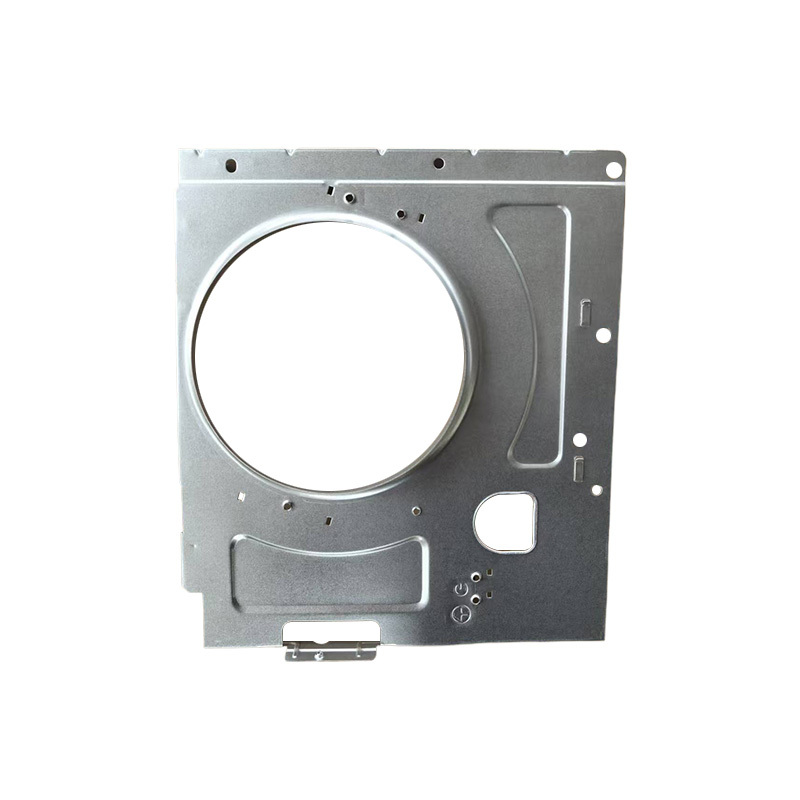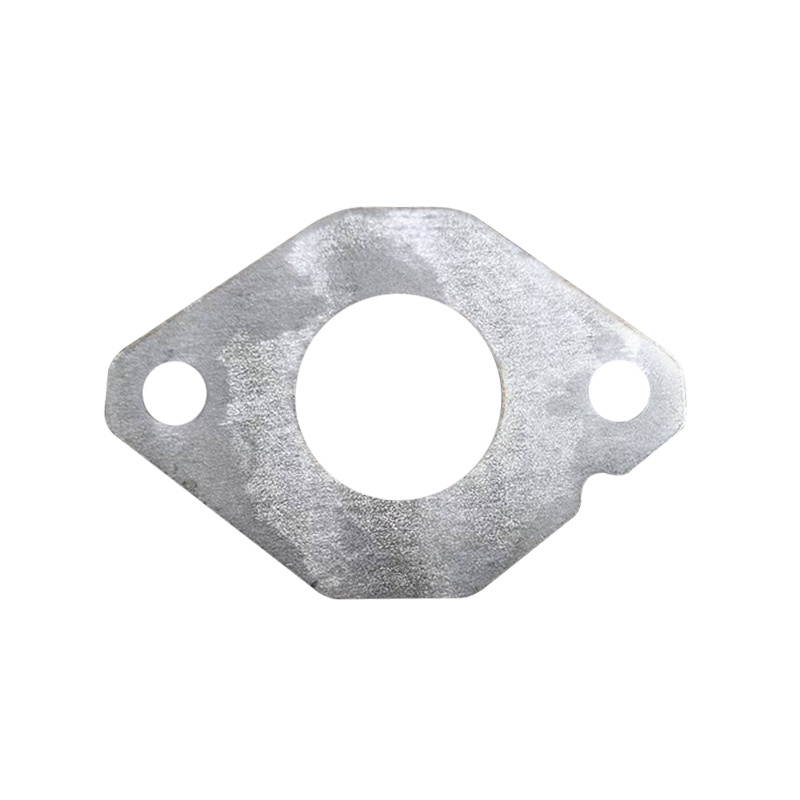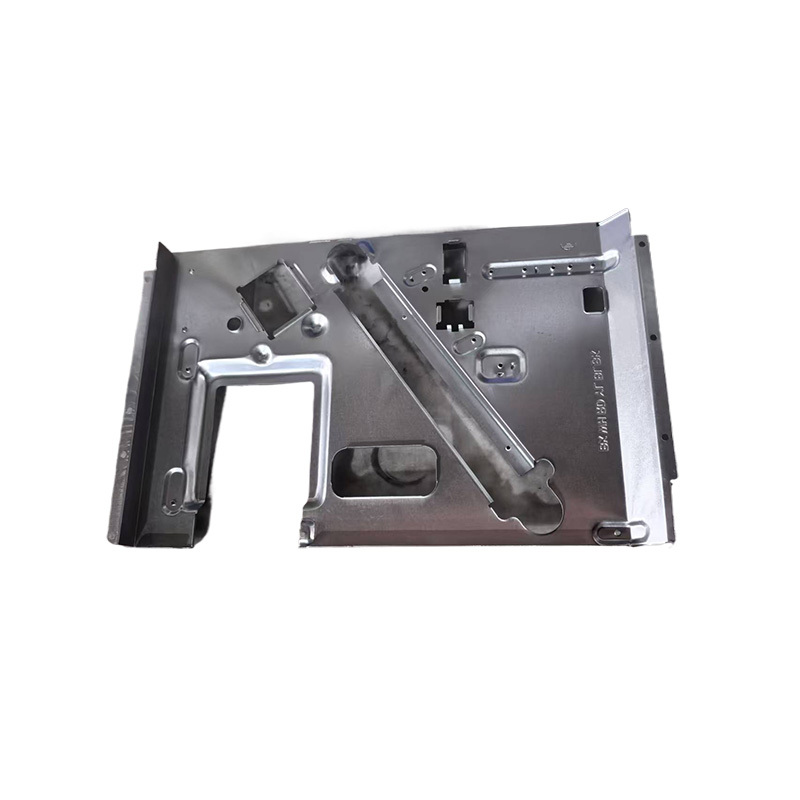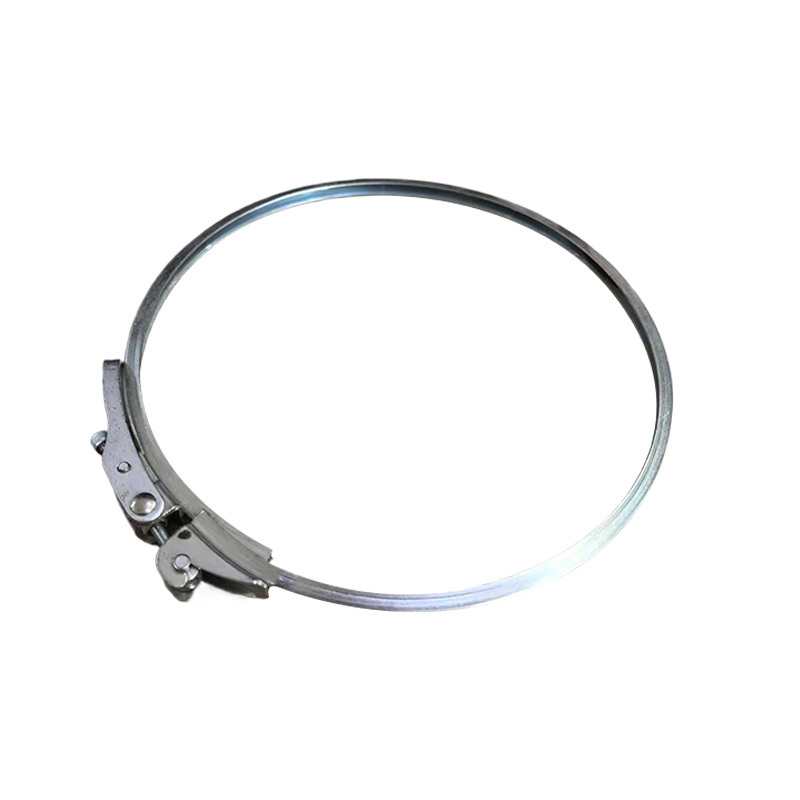Headlight bracket
- Commodity name: Headlight bracket
- Product Description
-
Definition and Purpose
The headlight bracket is one of the key components in the car headlight installation system. Its main function is to securely fix the headlight to the front body structure of the vehicle, providing precise installation position and appropriate angle for the headlight. This ensures that the headlight remains stable and accurately illuminates the road ahead during vehicle operation, whether on flat roads or bumpy conditions. It also ensures that the headlight is coordinated with the overall appearance of the vehicle, meeting the design aesthetic requirements.
Structural Composition
Bracket Body:
The main body of the headlight bracket is usually made of metal materials, commonly high-strength steel or aluminum alloy. High-strength steel has high strength and toughness, able to withstand various external forces during vehicle operation, ensuring stable installation of the headlight, commonly used in ordinary family sedans, SUVs, etc.; aluminum alloy is relatively lighter and is more commonly used in models with higher requirements for vehicle lightweighting (such as some new energy vehicles and high-performance sports cars). It meets certain strength requirements while helping to reduce overall vehicle weight, improving vehicle handling performance and range (for new energy vehicles).
Its shape is relatively complex and is generally designed according to the contour of the headlight and the structural characteristics of the front part of the vehicle. It may present various shapes such as curves and angles to better fit the headlight and body, achieving a tight connection. For example, some bracket bodies may be designed in an arc-like structure to match the curved shell of the headlight, allowing it to be securely mounted in the corresponding position.
Connection Components:
It includes various parts used to connect with the headlight and body structure. Common methods for connecting with headlights include clips, screws, or specially designed slots. These connection methods ensure a tight and secure bond between the headlight and bracket, preventing shaking or displacement during use. For instance, some car headlights have corresponding clip interfaces that precisely match with clips on the bracket; during installation, simply snapping them together completes the initial connection between the headlight and bracket. Screw connections are more secure and reliable, suitable for models with higher stability requirements for headlight installation; tightening screws can further enhance connection tightness.
For connecting with body structures, bolt connections or welding methods are generally used. Bolt connections are convenient for installation and disassembly, easy to operate during car production, and also convenient for later maintenance or replacement of headlights or brackets; welding provides higher connection strength, forming a solid overall structure between the bracket and body. However, its disadvantage is that maintenance is relatively complex and requires professional welding equipment and techniques.
Adjustment Device (partially equipped):
Some headlight brackets are equipped with adjustment devices to adjust the angle of light projection. Common adjustment methods include manual adjustment knobs and electric adjustment mechanisms. Manual adjustment knobs are usually located in a convenient position on the bracket, allowing drivers or maintenance personnel to change the up-and-down or left-and-right angles of the headlights by rotating the knob. This allows flexible adjustments based on vehicle load conditions, driving conditions, and different usage scenarios (such as urban roads, rural roads, highways), ensuring optimal lighting effects; electric adjustment mechanisms are more intelligent and convenient, controlled by buttons inside the car or onboard computer systems to precisely adjust headlight angles. Some high-end models often adopt this method to enhance vehicle usability and comfort.
Classification Methods
Classified by Vehicle Type:
Sedan Headlight Bracket: The design of sedan headlight brackets emphasizes integration with the overall refined and smooth shape of sedans. The structure is relatively compact to accommodate smaller headlight sizes and more regular front body layouts typical of sedans. Additionally, since sedans usually operate on better road conditions, their brackets focus on ensuring stability during daily driving while providing good lighting angle adjustment functions to meet lighting needs in different driving scenarios such as urban commuting and long-distance travel.
SUV Headlight Bracket: Due to their larger size and height, SUV headlights are often larger as well; thus their brackets are correspondingly larger with a more robust structure to meet installation and load-bearing needs. Moreover, SUVs often drive on complex road conditions requiring higher stability for headlights; therefore, brackets are designed to strengthen connection strength with both body and headlights to ensure that headlights do not loosen or shift under bumpy or off-road conditions. Additionally, considering SUVs' multifunctional uses, adjustment devices on headlight brackets may be designed for easier operation so drivers can timely adjust headlight angles based on different road conditions.
Sports Car Headlight Bracket: In addition to meeting basic installation and stability functions for headlights, sports car brackets must also align with sports cars' high performance and stylish dynamic appearance. They often adopt lighter designs with unique shapes. Given that sports cars have higher demands for handling performance and speed, these brackets ensure strength while minimizing weight by using lightweight materials like high-strength aluminum alloy. They also focus on aerodynamic effects in their structure to reduce wind resistance during driving while providing precise and stable mounting positions for headlights to ensure effective illumination at high speeds.
New Energy Vehicle Headlight Bracket: The function of new energy vehicle (such as pure electric vehicles or hybrid vehicles) headlight brackets is similar to traditional fuel vehicles but may differ in some details. On one hand, to align with new energy vehicles' overall lightweight design trend, brackets often use lightweight materials; on the other hand, some new energy vehicles have higher levels of intelligence; thus their headlight adjustment devices may interact more with intelligent driving systems or automatic light control systems for smarter angle adjustments adapting to different driving modes and road condition changes.
Classified by Adjustment Function:
Fixed Headlight Bracket: This type of bracket has a fixed angle after installation suitable for vehicles that have relatively single requirements for light projection angles or are used in some cost-effective models where functional requirements are not high. Although its angle cannot be adjusted, it can still ensure stable installation of headlights under normal driving conditions along with basic lighting functions.
Manual Adjustment Headlight Bracket: Equipped with manual adjustment knobs or similar manual adjustment mechanisms allowing drivers to manually adjust up-and-down or left-and-right angles within a certain range based on actual needs. This type of bracket is widely used in most ordinary family cars; its operation is relatively simple and understandable allowing drivers to flexibly adjust lighting angles based on factors like vehicle load, road conditions, and personal usage habits enhancing safety and comfort during nighttime driving.
Electric adjustable headlight upper bracket: Achieves precise control of headlight angle through an electric adjustment mechanism, which can generally be connected to the vehicle's control system. The driver can easily and quickly adjust the headlight angle using buttons inside the vehicle or the onboard computer screen. The electric adjustment function is usually more precise and delicate, and can better integrate with other intelligent systems of the vehicle, commonly found in mid to high-end models, especially those that focus on driving experience and vehicle intelligence.
Key words:
Product inquiry
If you are interested in our products, please leave your email, we will contact you as soon as possible, thank you!
Related Products
OEM
From precise design drawings, to rigorous production processes, to strict quality testing, we always uphold the spirit of ingenuity, the pursuit of every detail of the perfect. Our team has a wealth of industry experience and technical strength, according to your specific needs, to provide personalized customized services, to ensure that each product can meet your expectations.











